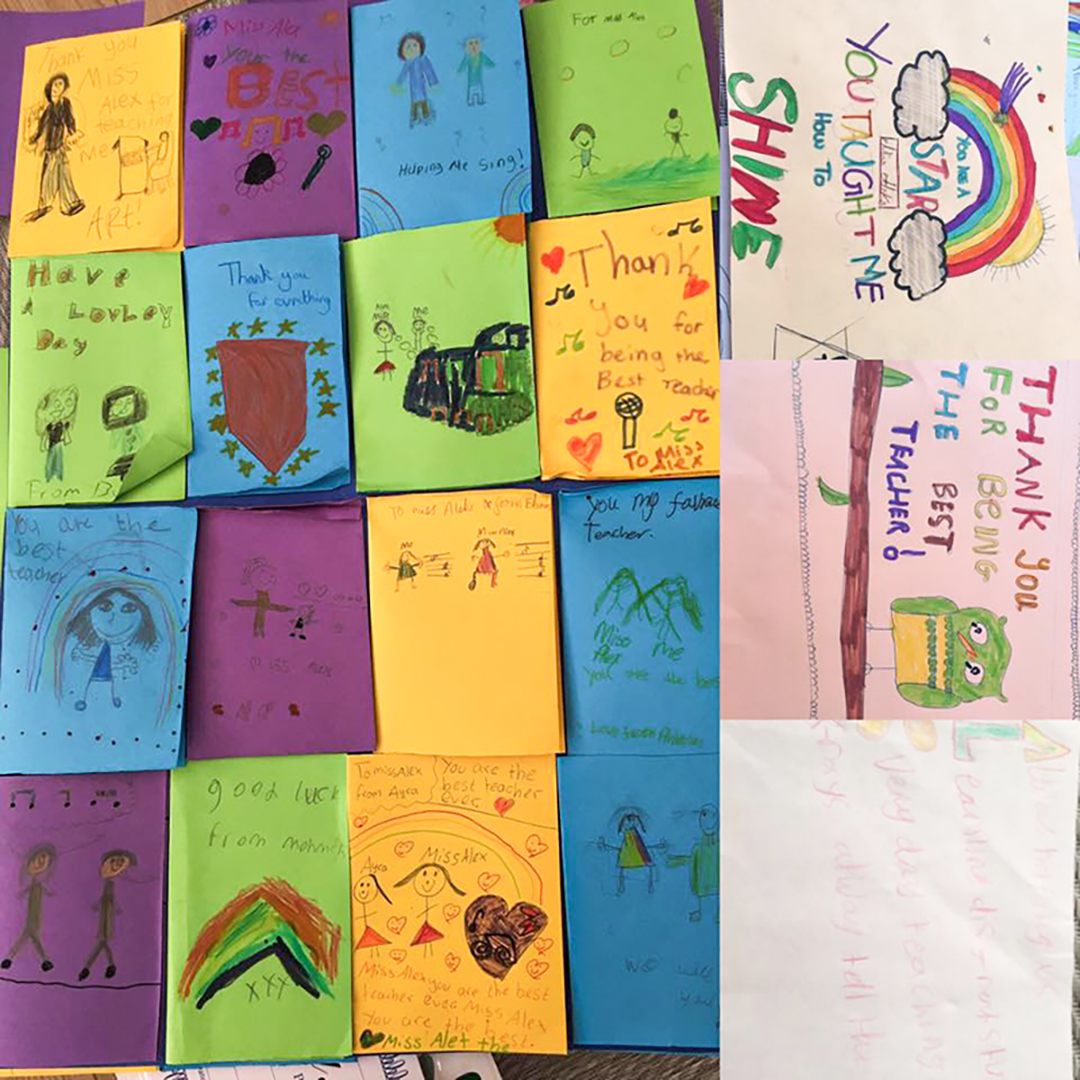When I tell people I teach handwriting, they often smile politely and move on, like it’s a subject that no longer matters in a world of screens, keyboards, and voice notes.
And yes, I see the irony. I’m literally typing this right now.
But here’s the thing. Despite the rise of technology, I still write by hand daily.
If I want to learn something, I pick up a pen and paper. I remember how my hand moved, how the letters looked, and how they felt.
That process of writing physically sticks.
It’s powerful, and I want children to experience that too.

My Why
I’ve worked in education for over a decade, supporting children of all ages and needs.
I’ve noticed the same pattern time after time: handwriting difficulties are often ignored until they cannot be fixed.
Usually, the problem is only addressed when a child is preparing for an exam like the 11+
By then, the child is often 10 or 11 years old. Habits are deeply ingrained, and handwriting intervention becomes more complicated and expensive.
I’ve seen families pay up to £100 per hour.
Worse still, these struggles can quietly chip away at a child’s confidence for years.
When children have amazing ideas but can’t put them on paper, they withdraw.
They begin to dread writing tasks. They feel like they’re “bad at school.”
And that breaks my heart.
I started teaching handwriting because I believe every child deserves to feel proud of their progress and their voice.
For many, mastering handwriting is the key that unlocks confidence and even joy in their learning.
A Story I’ll Never Forget
Back in 2016, I was a classroom teacher meeting my new class.
During handover, another teacher pulled me aside to warn me about a student we’ll call him A.
“He refuses to write,” she said. “You’ll need to record his answers instead. He’s too far behind to access the curriculum.”
Sure enough, A was pulled out of class daily for interventions.
He always sat with an adult during English and was quietly written off as difficult.
But I noticed something.
He wasn’t disengaged out of defiance. He was cheeky, playful, full of energy but beneath that, I saw a boy who wanted to participate.
He just didn’t believe he could.
So one day, I made him a quiet offer.
“After lunch, just 10 to 15 minutes… would you like to work with me on your handwriting?”
He said yes.
We started short one-to-one sessions each lunch break.
No pressure. Just calm, gentle handwriting practice.
And slowly, things began to change.
By the middle of the summer term, A could write complete sentences.
His pride was palpable.
His parents were amazed.
They had always assumed he just wasn’t academic.
At the end of the year, the class gave me a card filled with sweet messages.
But A’s note is the one I’ll never forget:
“Miss, thank you for teaching me how to write.”
More Than Just Neat Writing
Handwriting isn’t just about neat letters.
It’s a blend of fine motor skills, focus, memory, spatial awareness and even emotional regulation.
It helps children slow down and connect their thoughts to the physical world.
And when taught with fun and patience, handwriting becomes a gateway to:
- Better spelling and sentence construction
- Increased confidence in learning
- A stronger sense of independence
- A more positive identity as a learner
And yes, even joy.
Especially when a cheeky puppet squirrel gets involved!
The Bottom Line?
Handwriting is not outdated.
It’s underestimated.
I teach handwriting because it changes lives quietly, powerfully and permanently.
And I’ll keep teaching it for as long as children need someone to believe in them, letter by letter, word by word.
Want to support your child’s handwriting at home?
Sign up for my From Scribbles to Scripts newsletter and receive a free, fun resource to help your child build confidence in writing. ✨

0 Comments